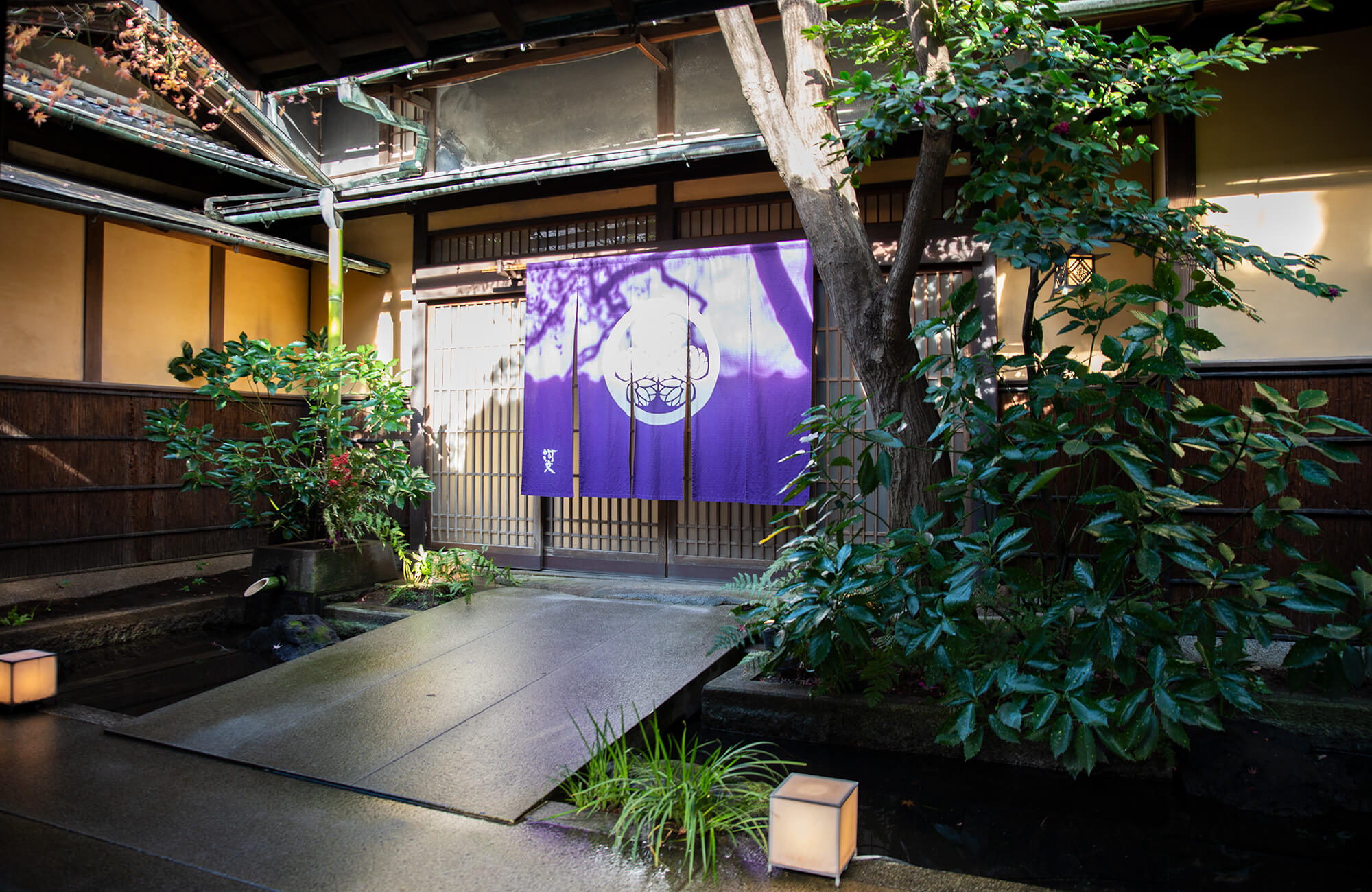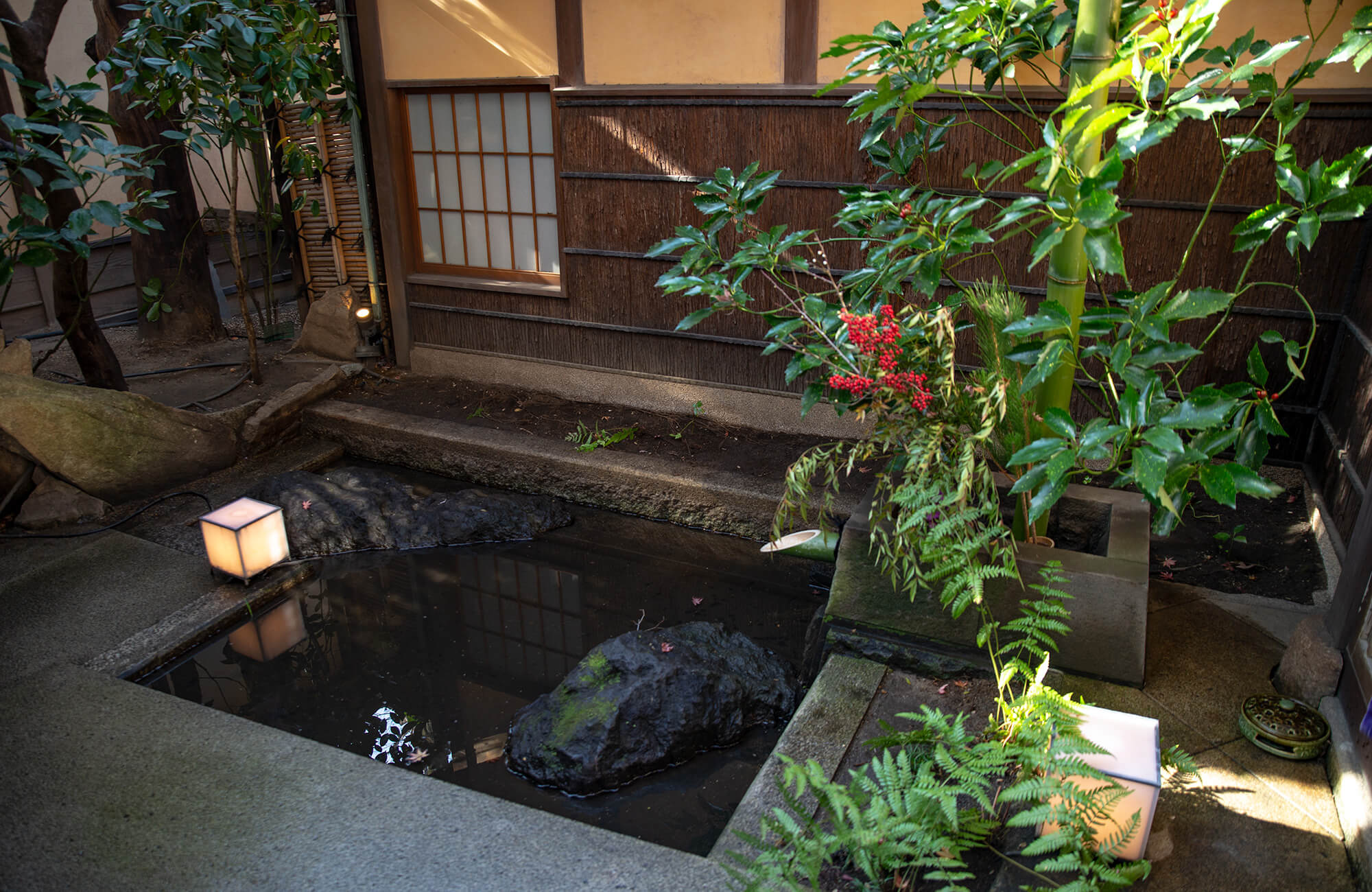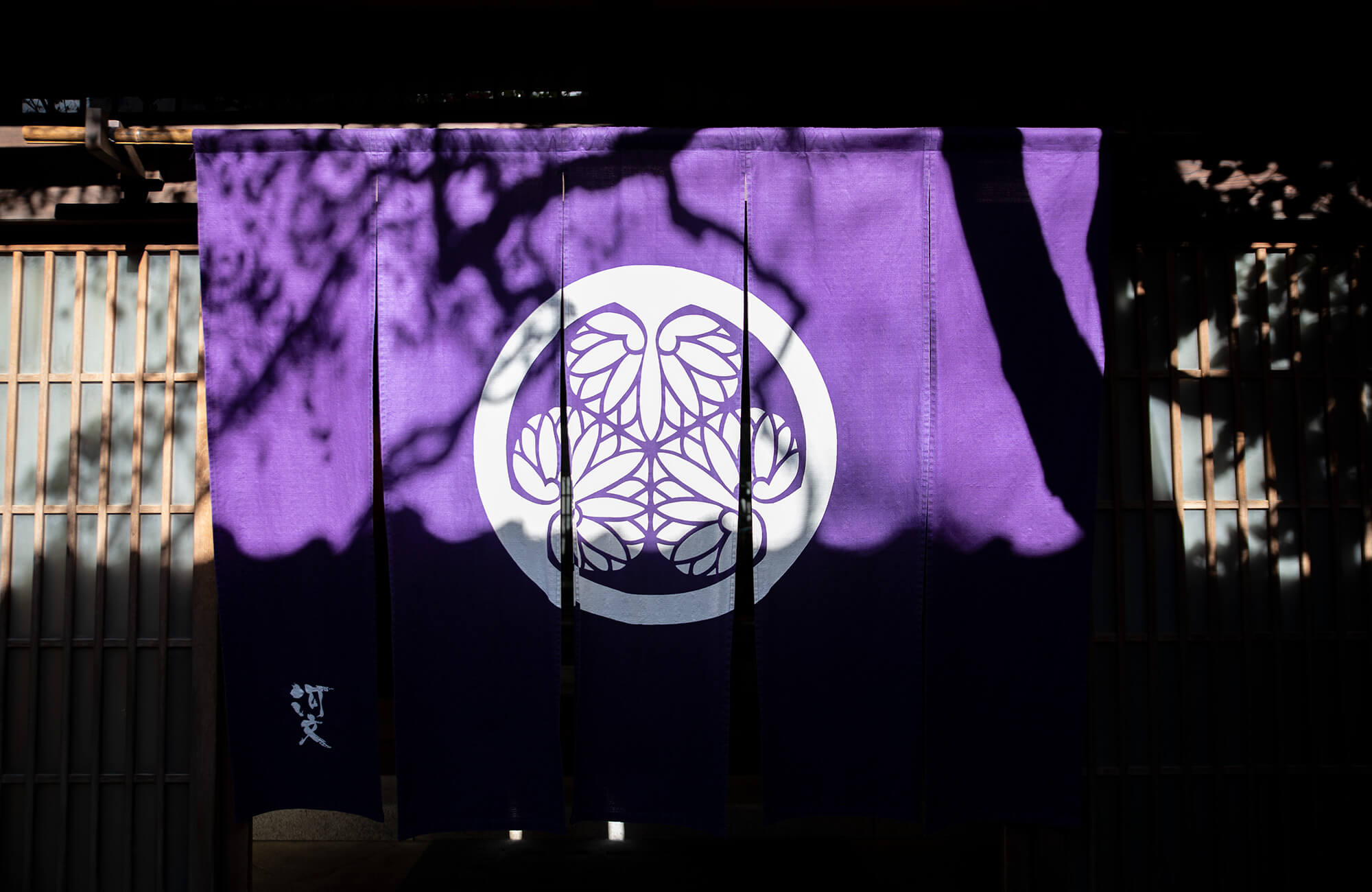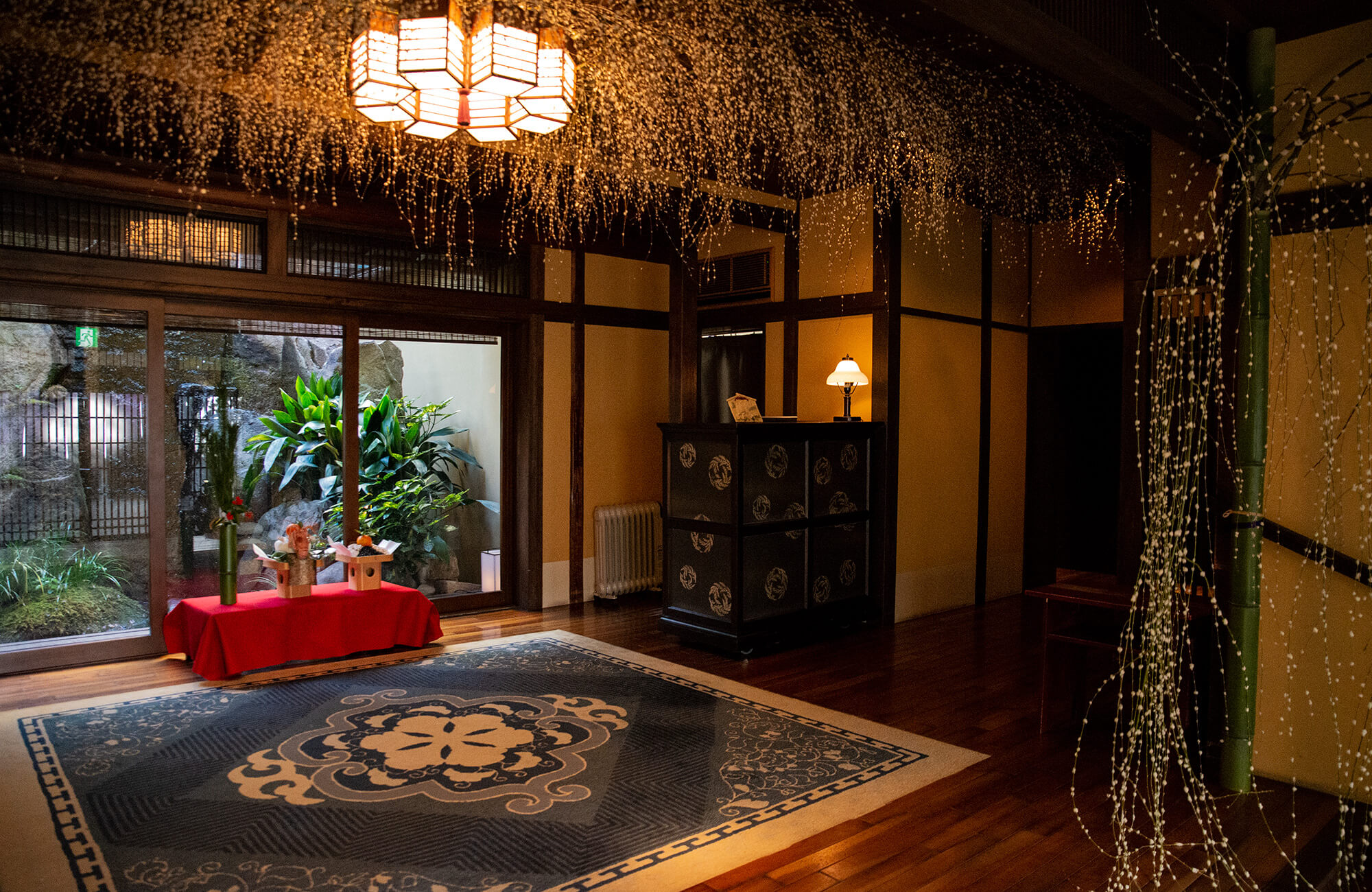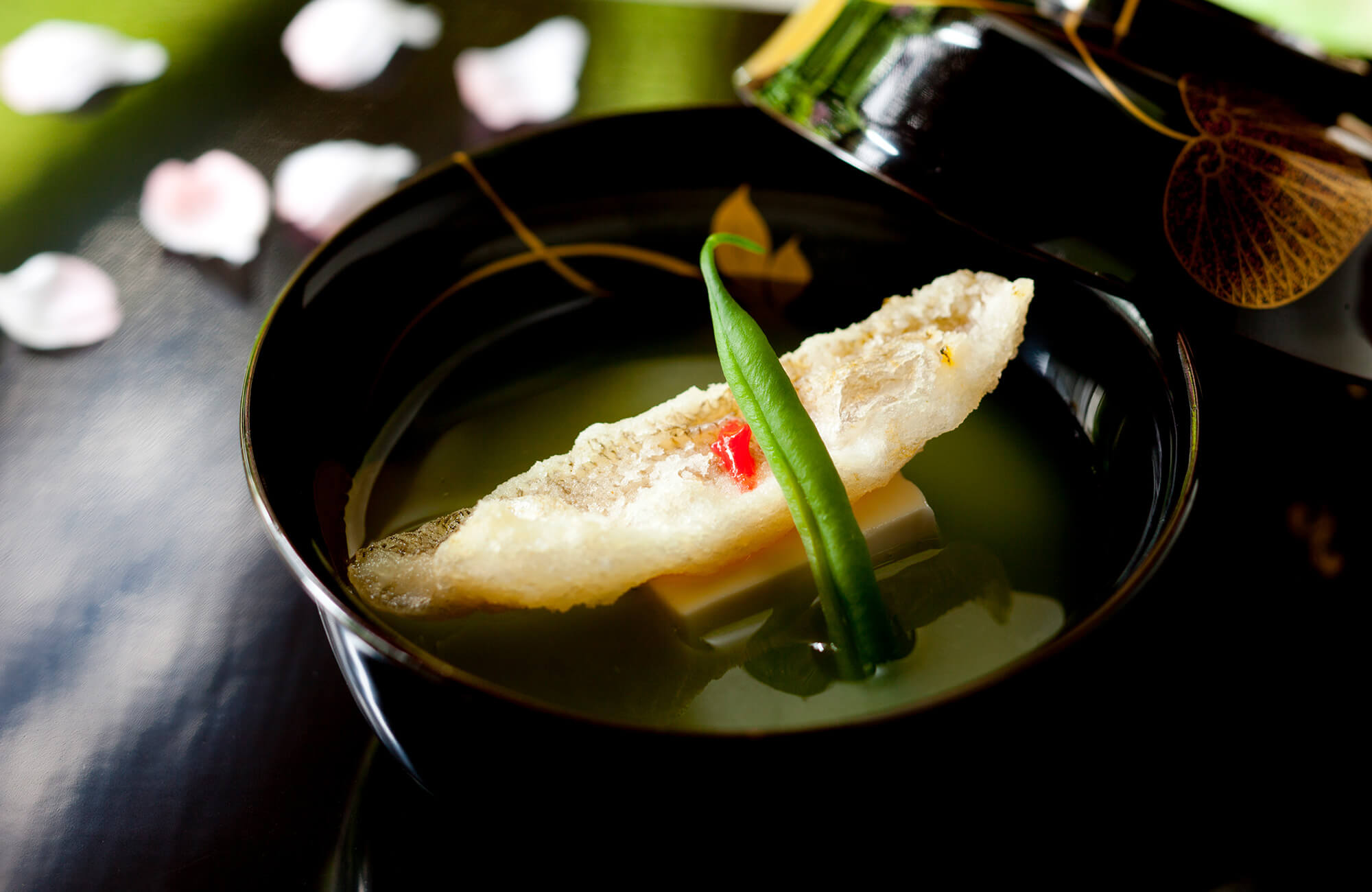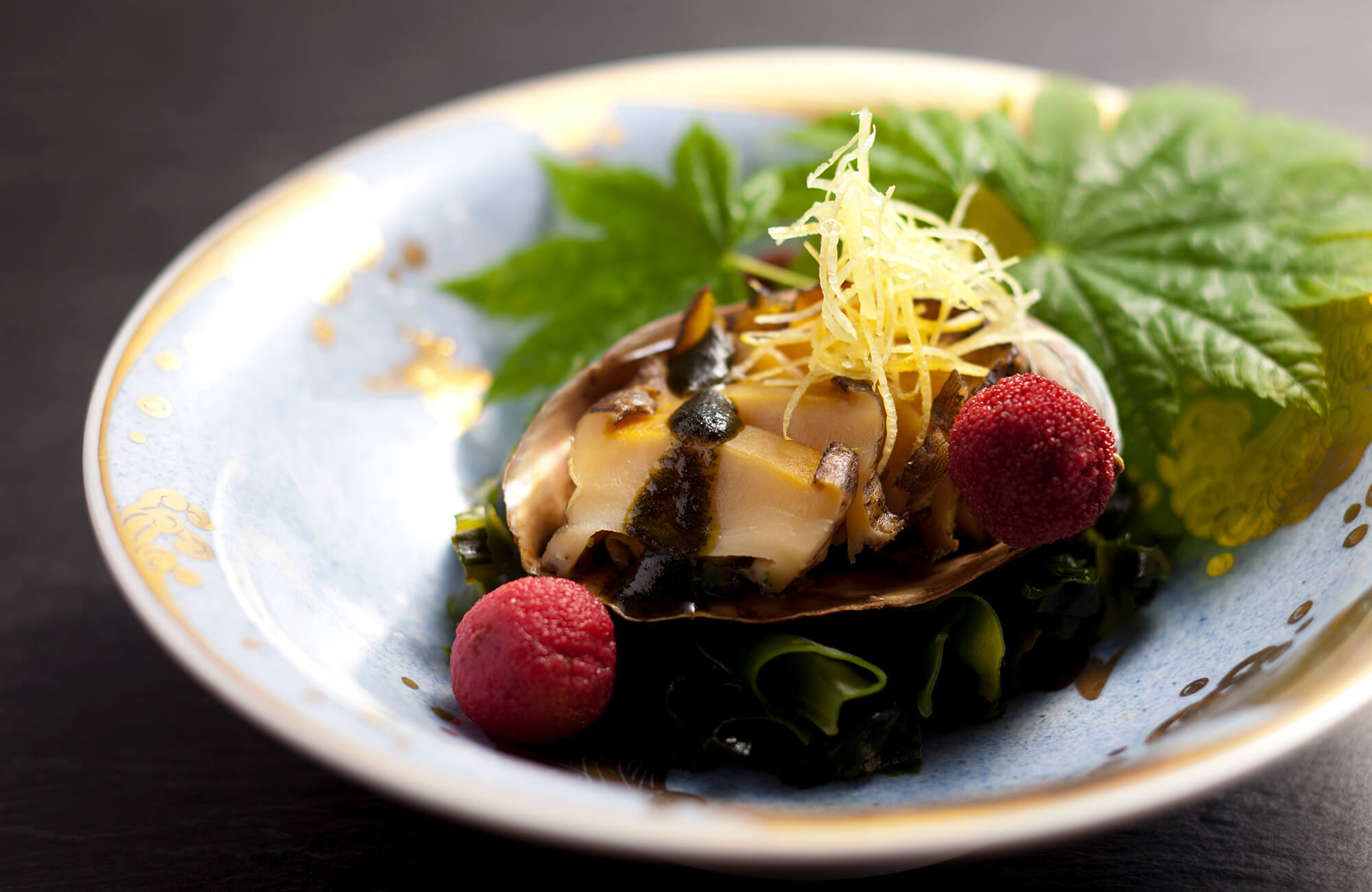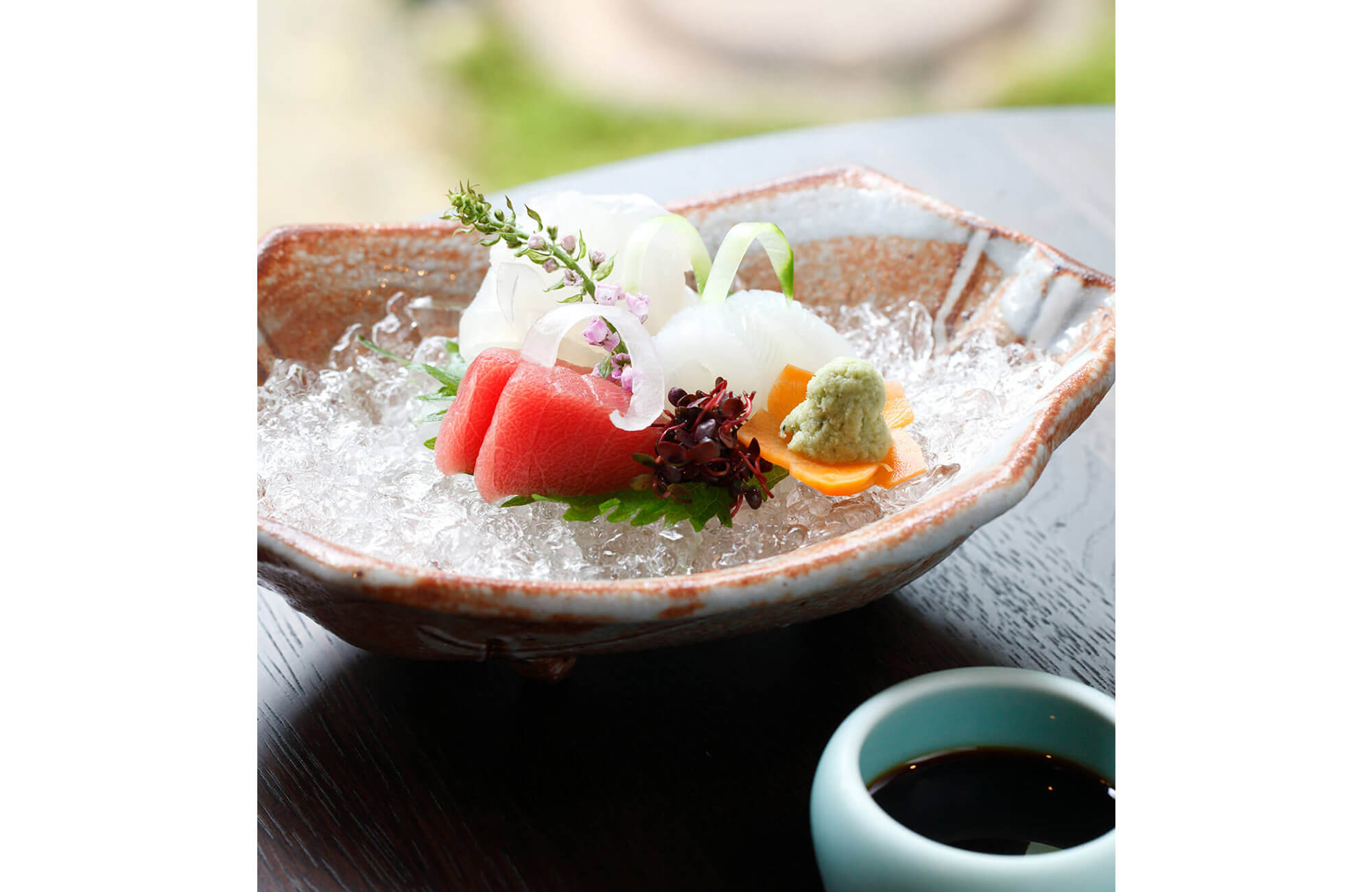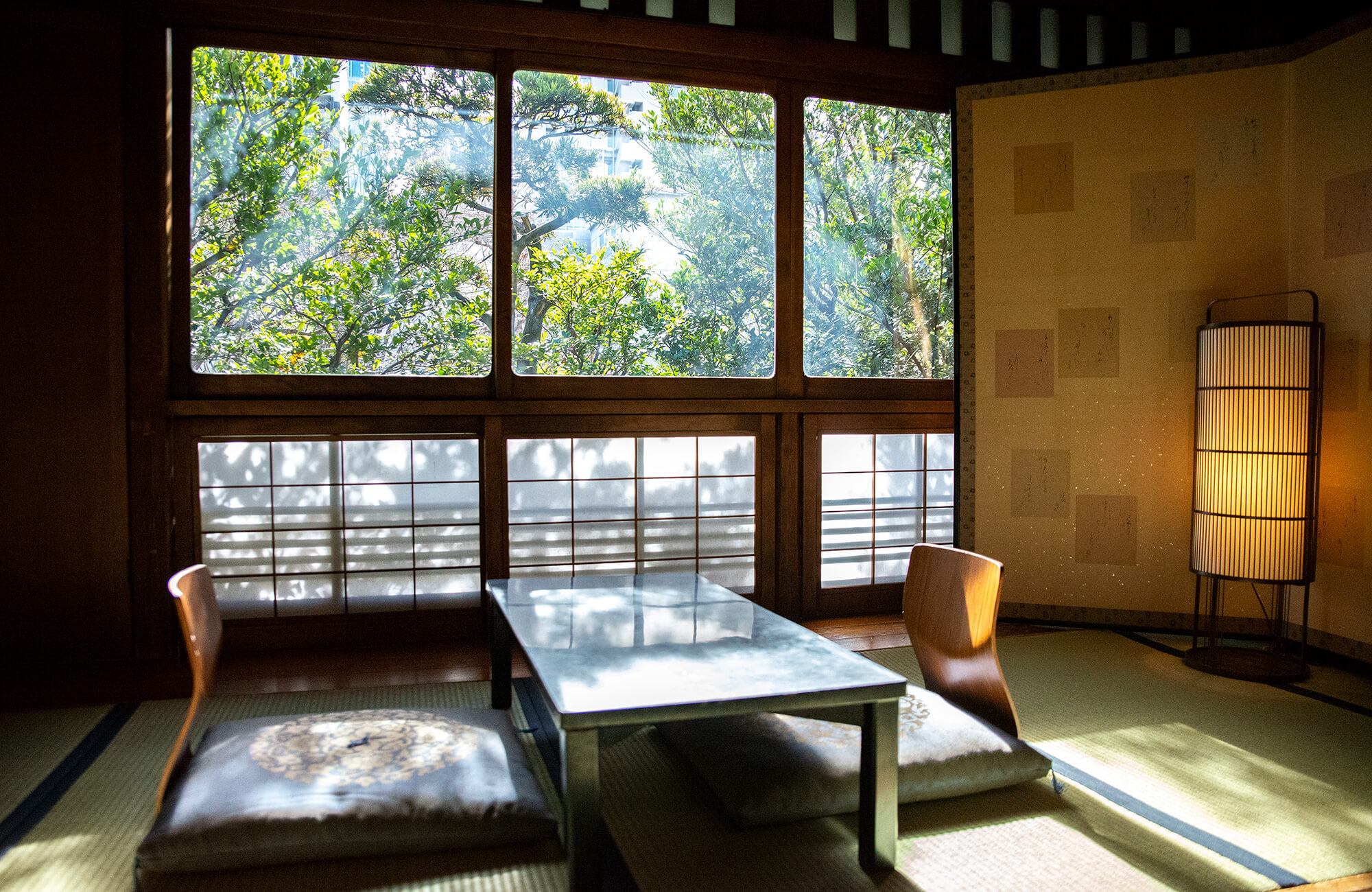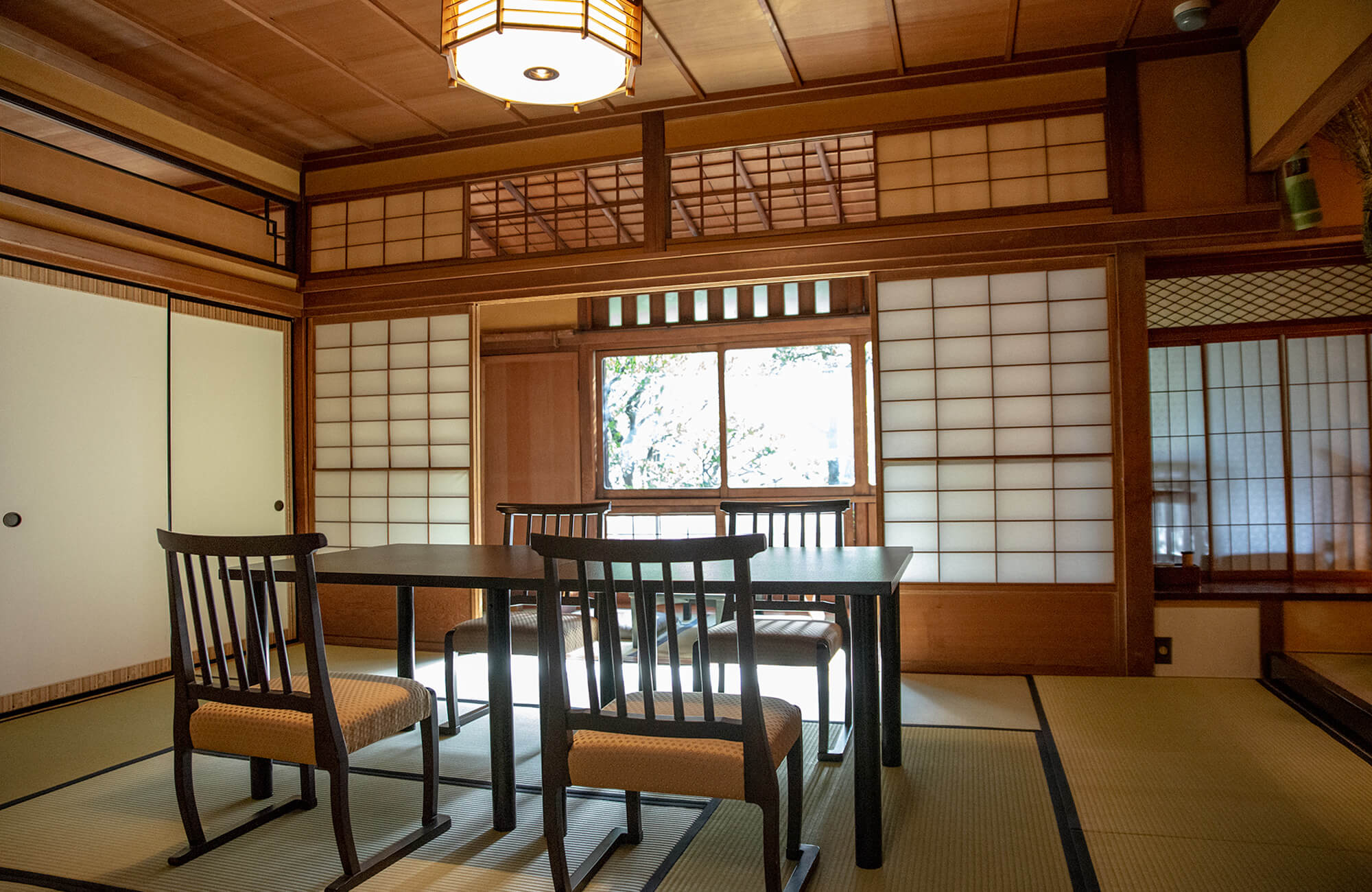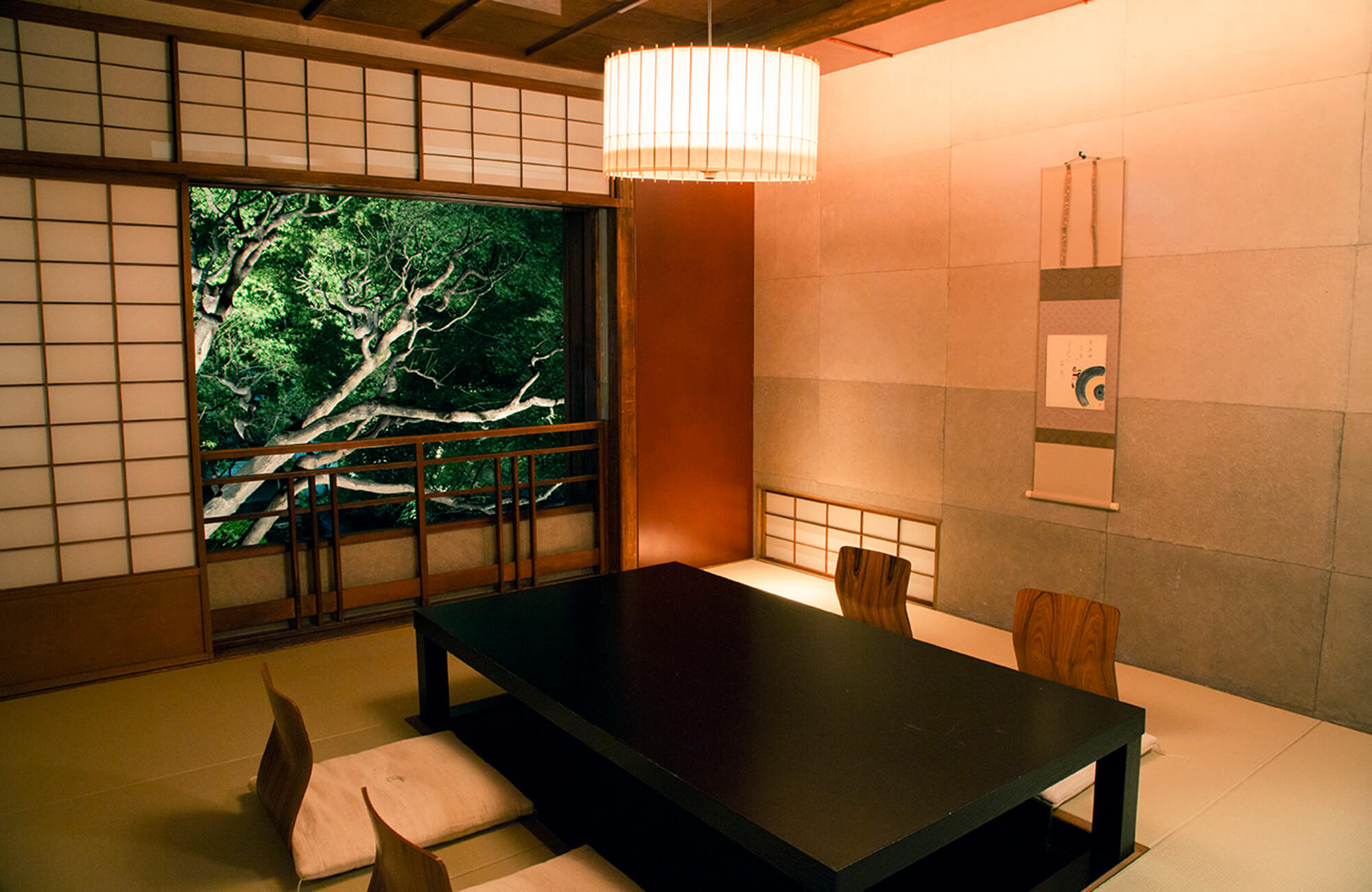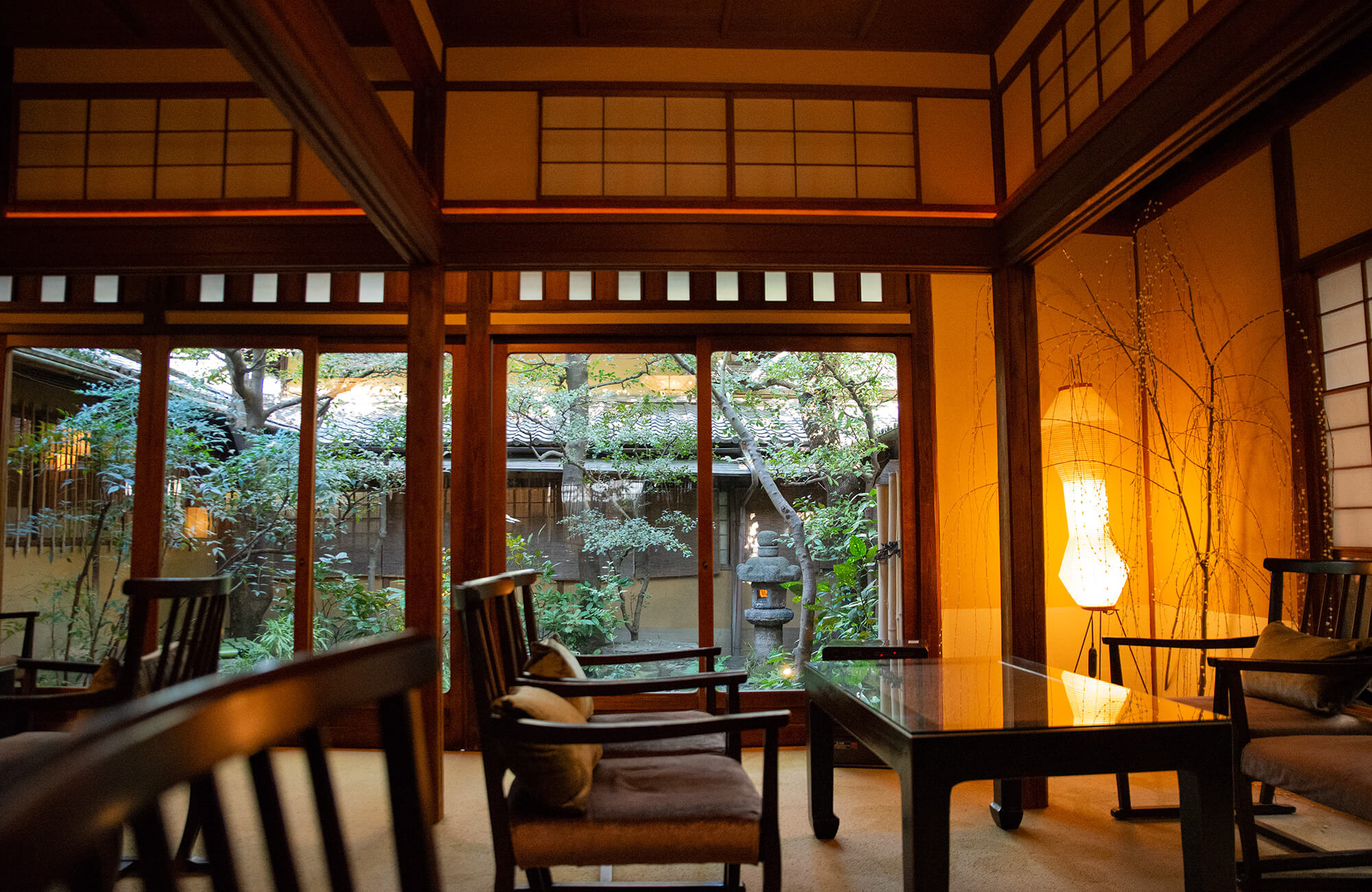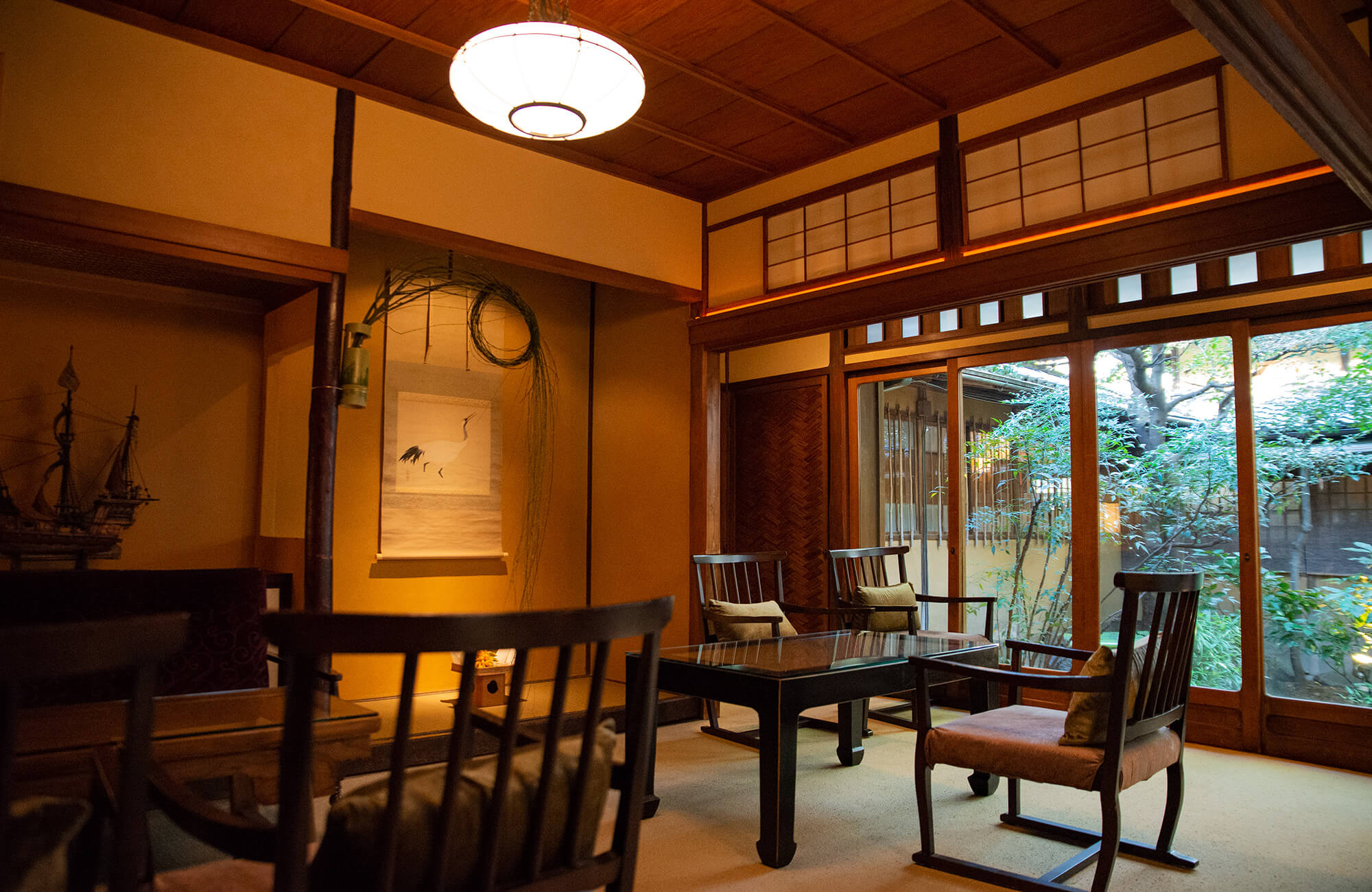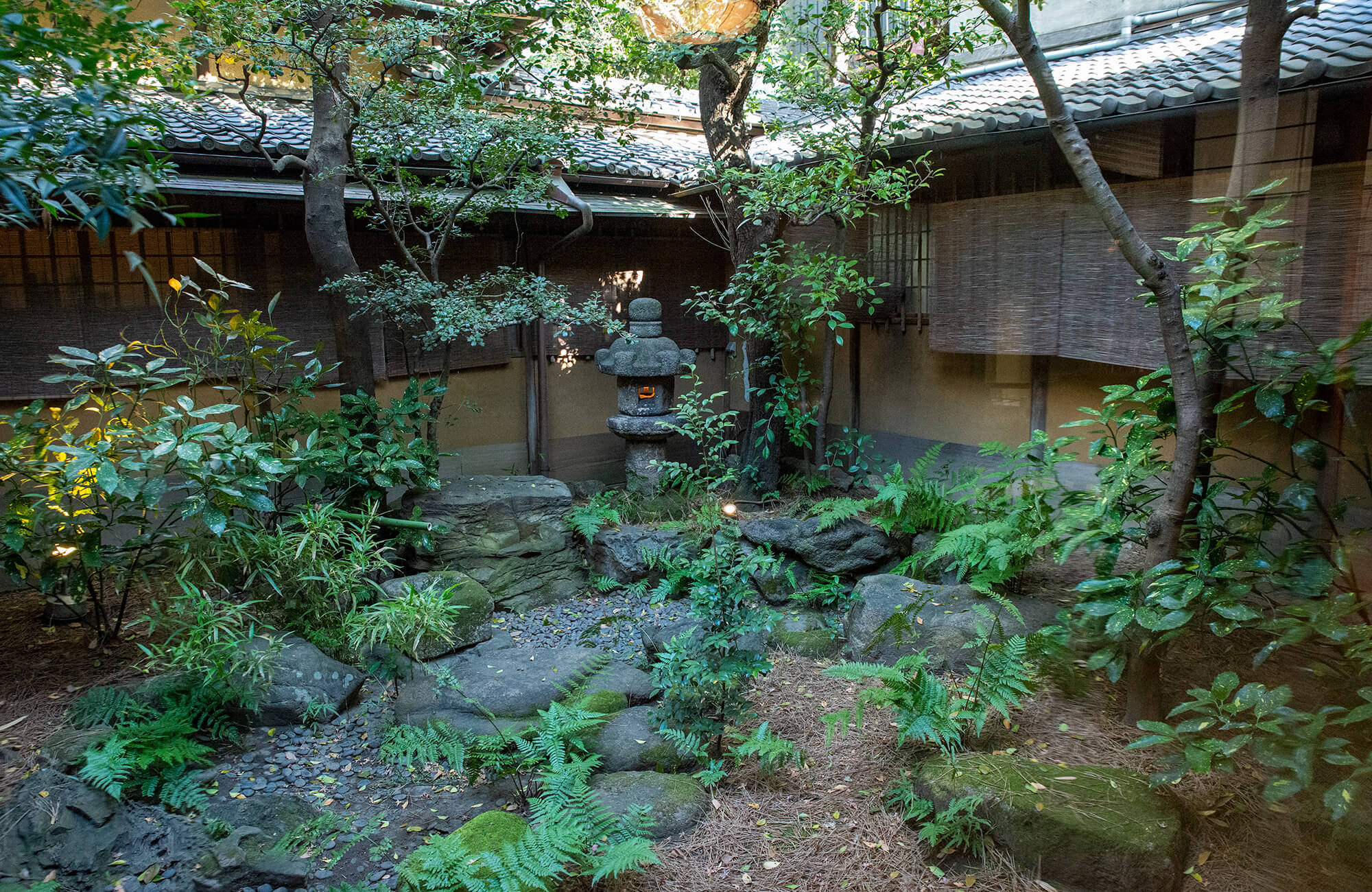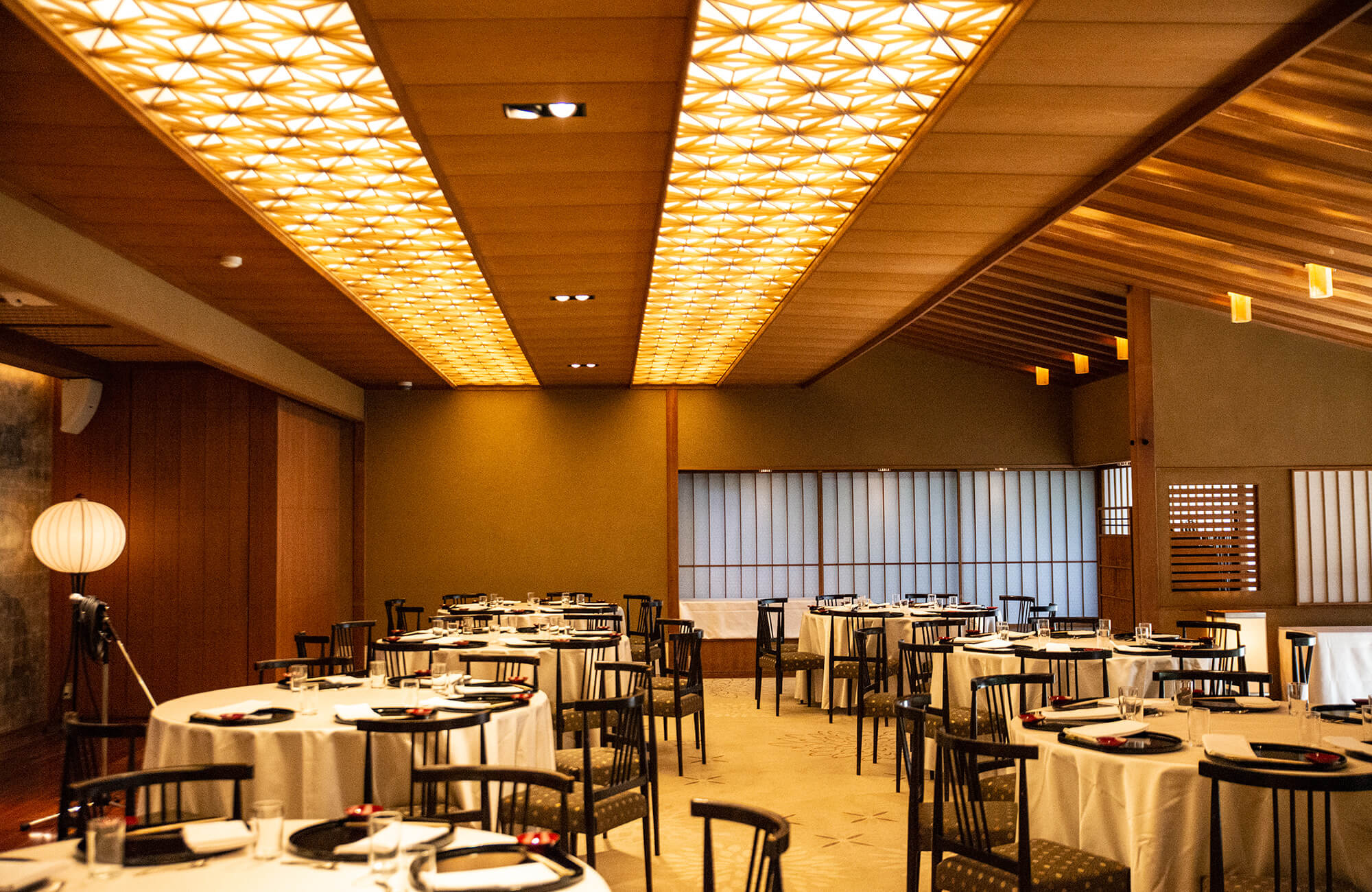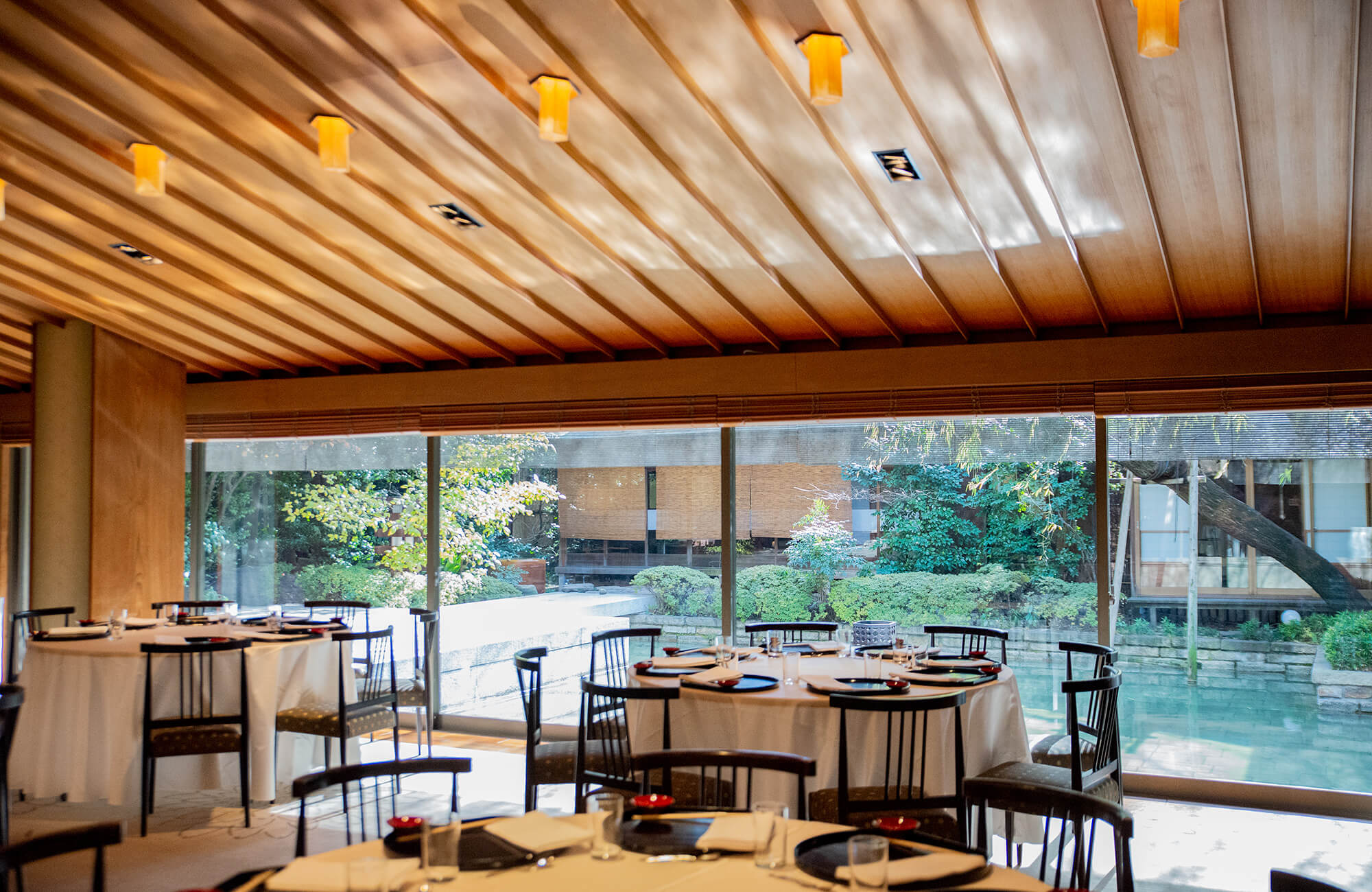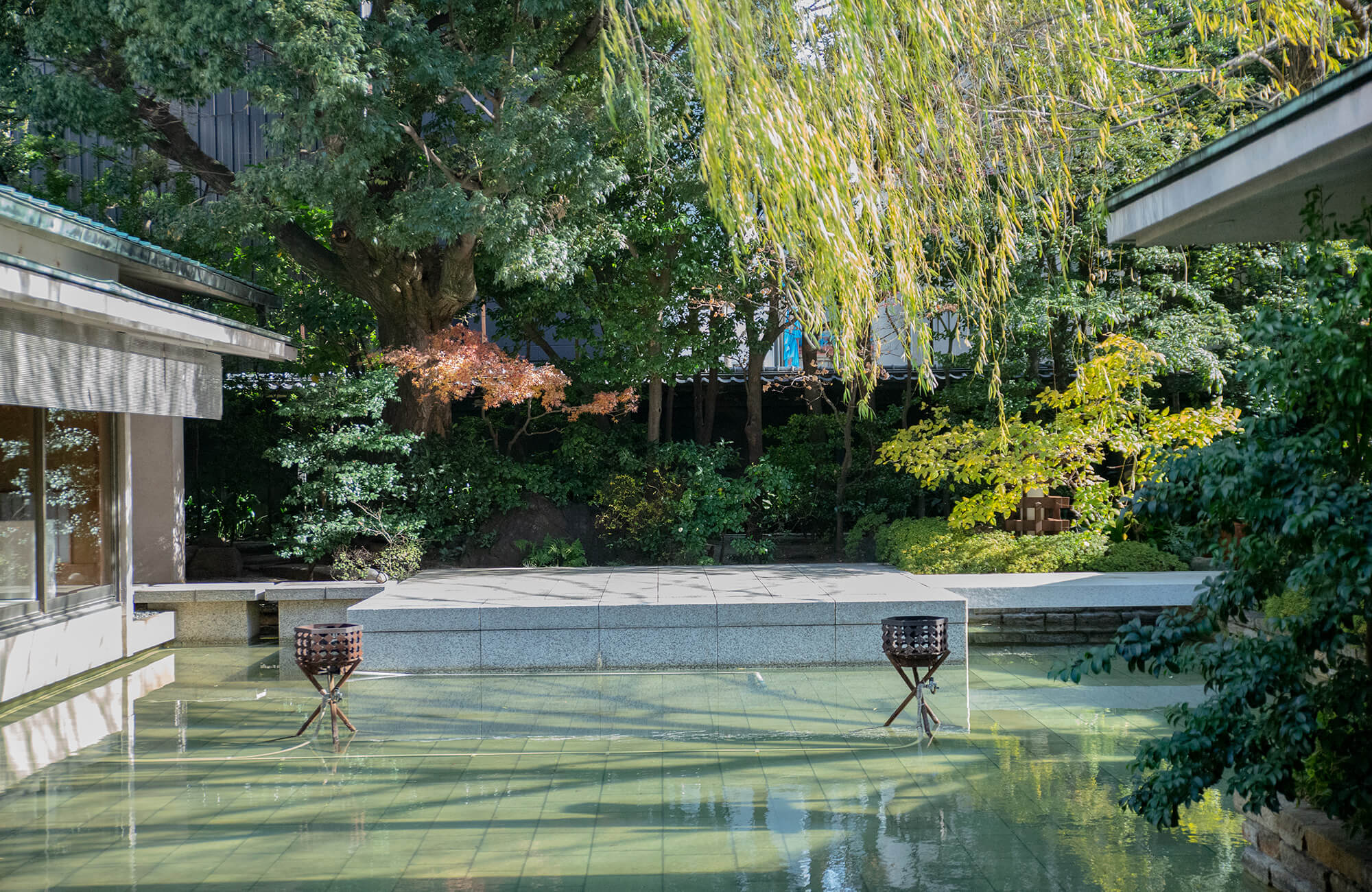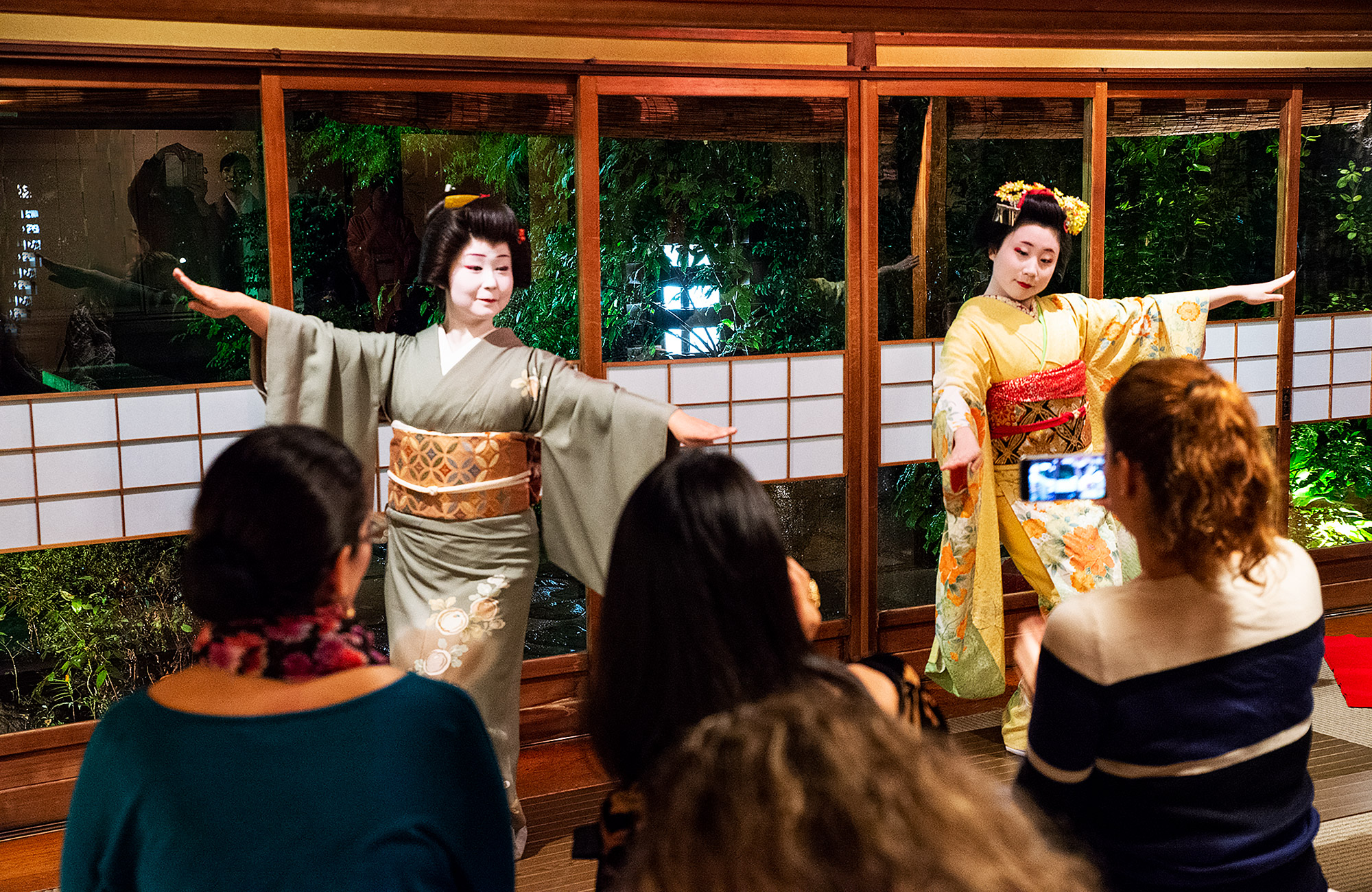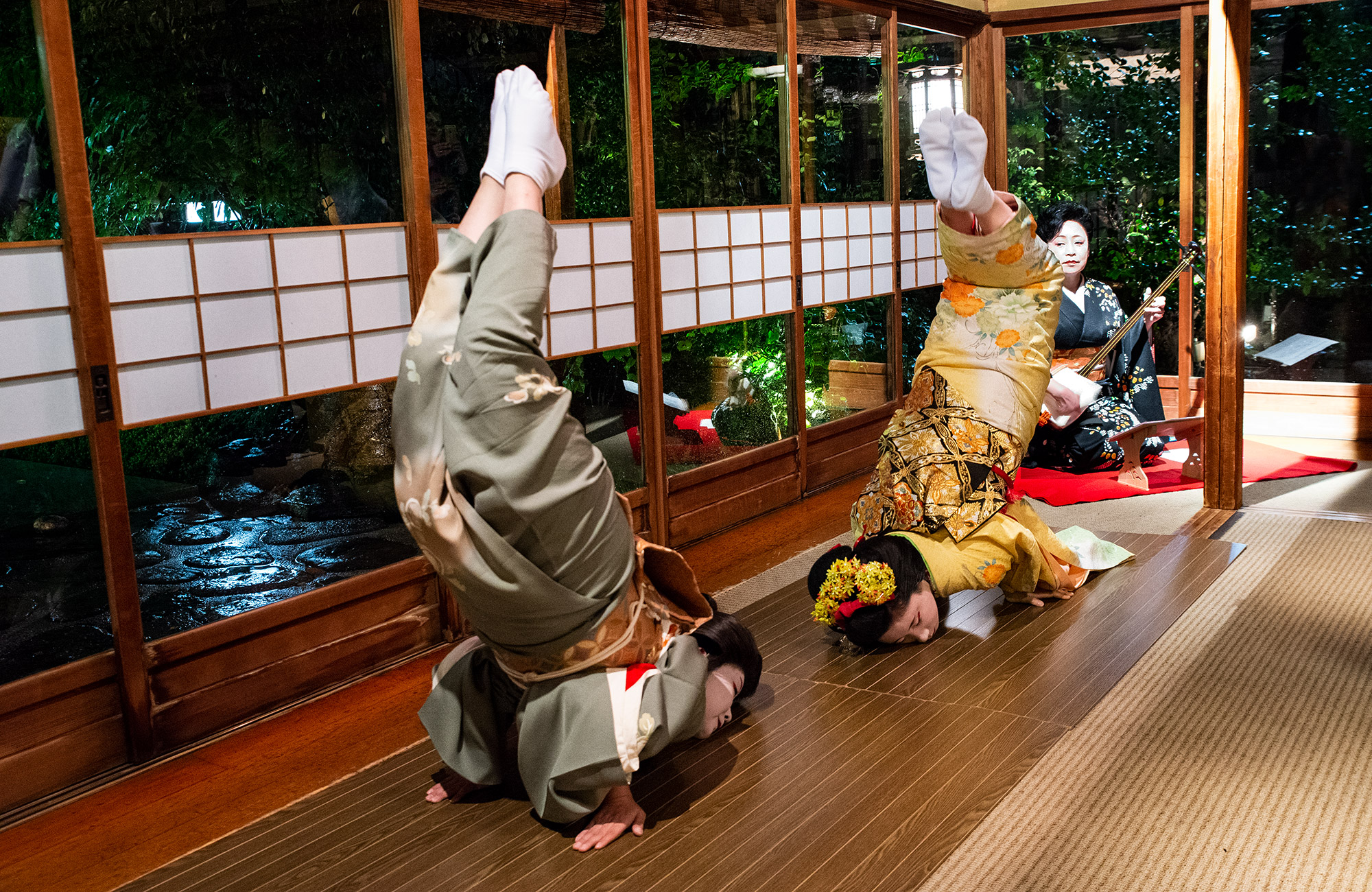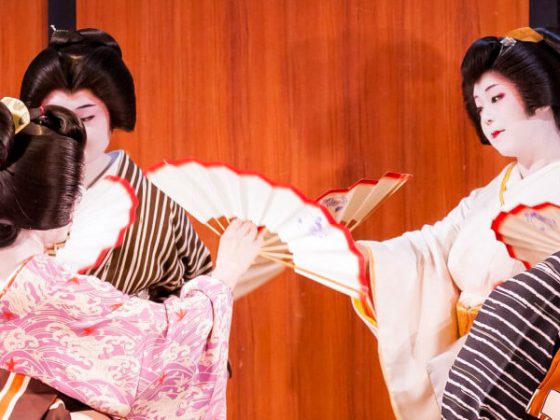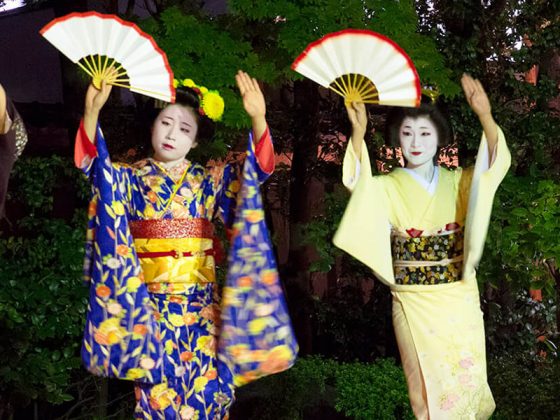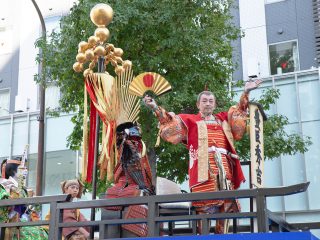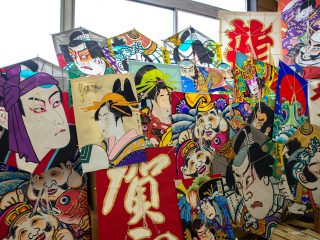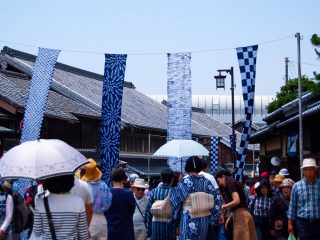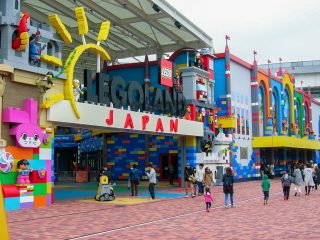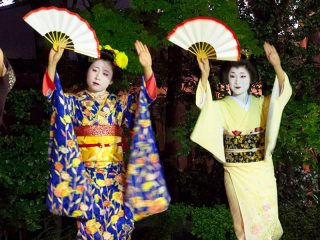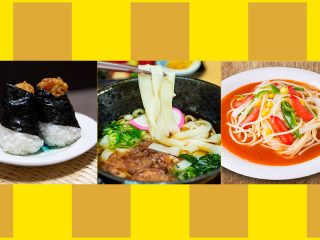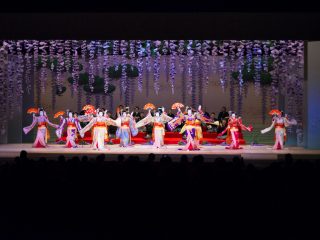Nagoya is relatively a young city (if you compare it with Kyoto), but it hides places with a long history and tradition, which even the residents themselves are completely unaware of. Many of these places are also a Tangible Cultural Heritage recognized by the Unesco, and they are part of the historical heritage of Japan. One of these Tangible Cultural Heritages is Ryōtei Kawabun (料亭河文). Commonly known as Kawabun, it is a traditional Japanese restaurant located in the heart of Nagoya that has more than 400 years of history.
Kawaii Aichi had the great opportunity to interview Ayako Kagawa, the young manager (若女将 Waka Okami) of this restaurant. This has given us the opportunity to get more details for this article about this historic restaurant.
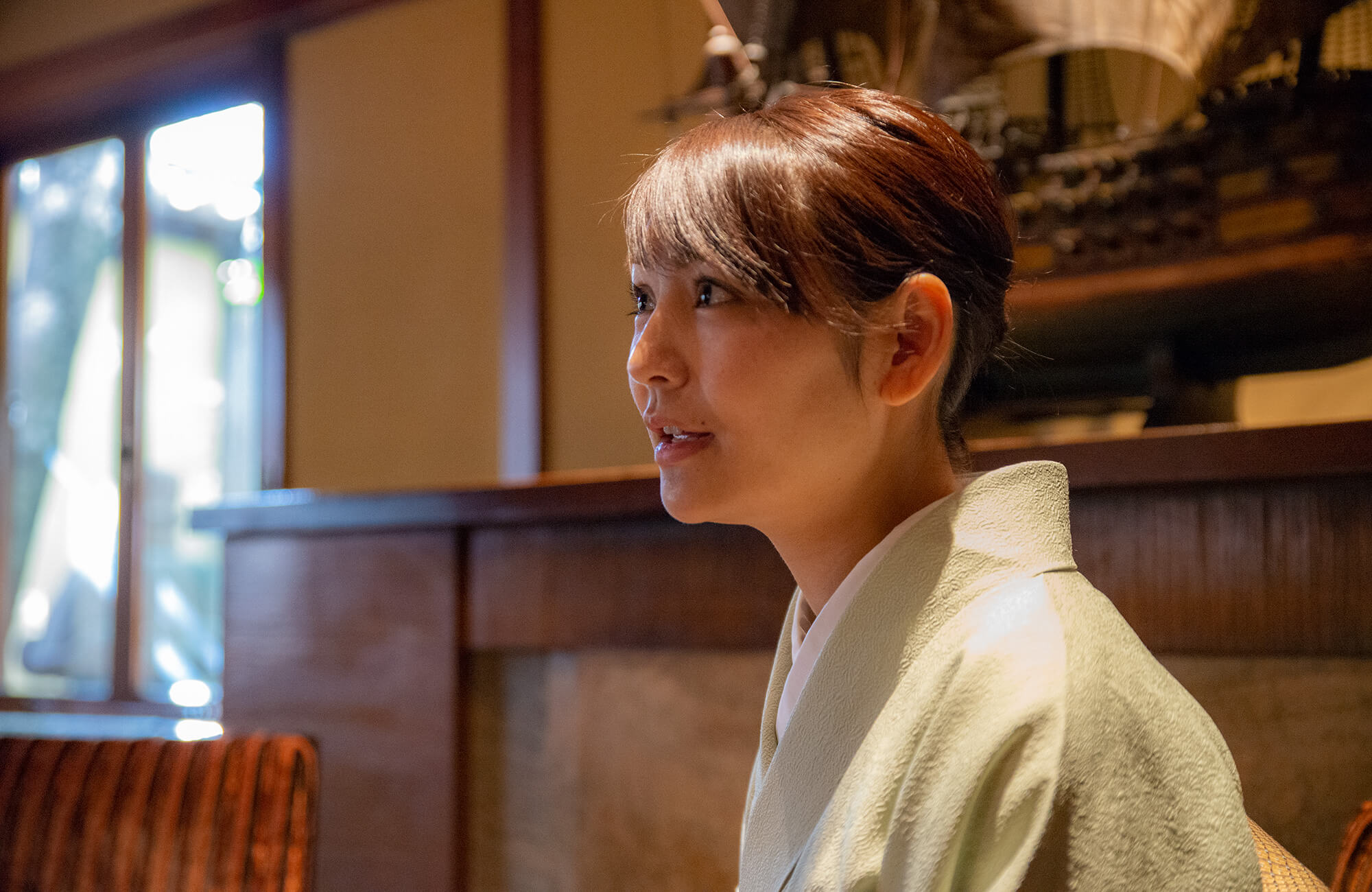
Ryōtei: Concept and History
The Ryōtei is a traditional restaurant concept of “high standing” where extreme attention to detail, both in the treatment of the client and in the kitchen, its most characteristic hallmark.
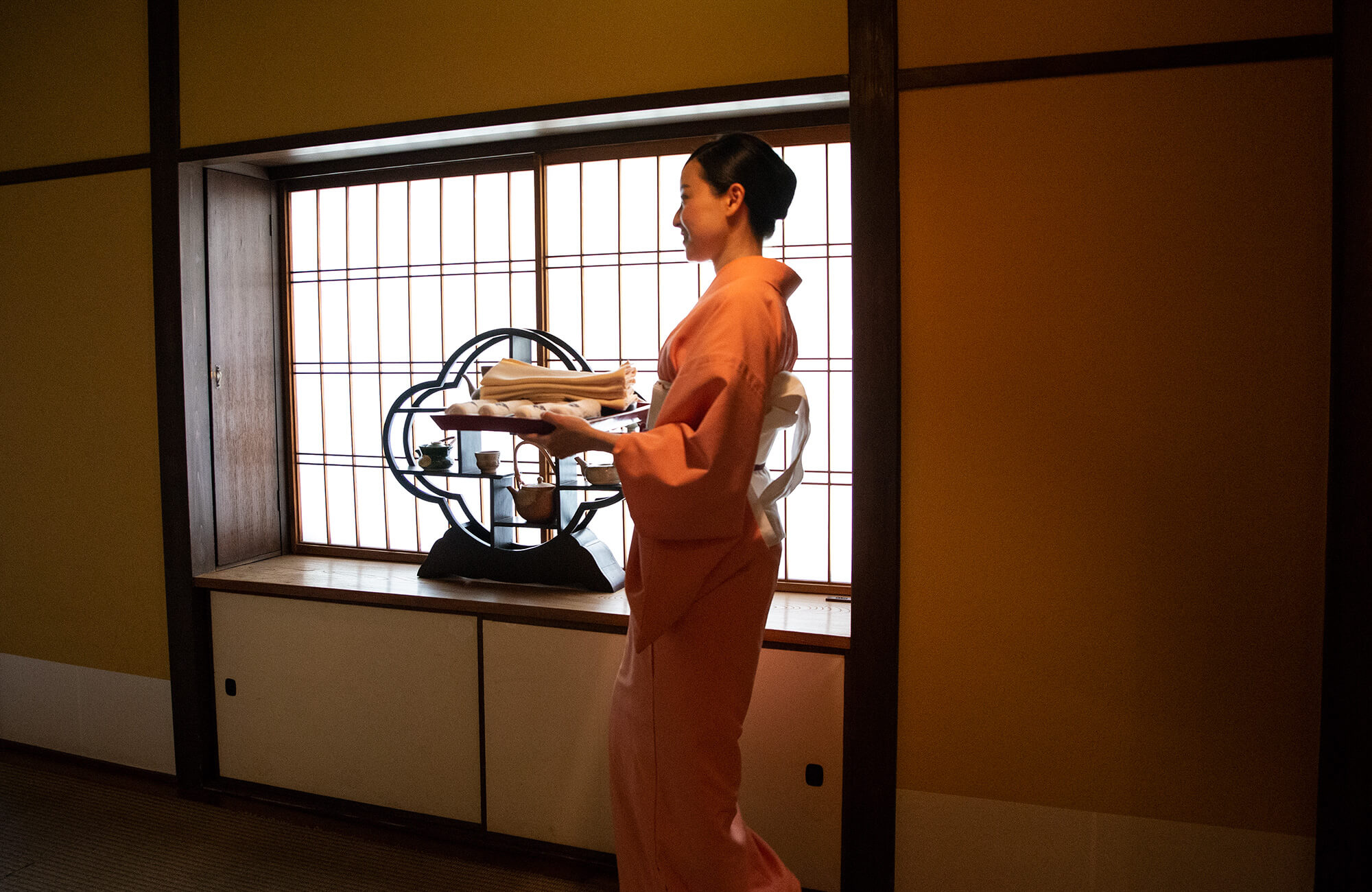
To be a Ryotei restaurant it is essential that you meet the following requirements:
1.Have a Japanese garden
2.Follow the construction style “Sukiya-zukuri” (数寄屋造り)
3.Follow the rules of “Shitsurai”, practice of adapting food, tableware, furniture and interior decoration to the seasons and special events. This practice expresses respect to ancestors, hospitality towards guests and also to the importance of the family.
4.Have a license to be able to contract geisha and maiko entertainment services.
In the Edo period (1600 – 1867), the “Ryōtei” restaurants were a kind of “tea rooms” for the officers of the Tokugawa Shogunate (徳川幕府 Tokugawa bakufu) or for receptions and negotiations with other clans.
During the Meiji era, these became first class restaurants that were only attended by senior government officials, bureaucrats and businessmen from big companies.
Nowadays, it is more common for regular people to freely go to these restaurants(previous reservation), although there are still some Ryoteis in which they still maintain the norm of not allowing entry without a recommendation or reference.
Kawabun: Origins and Evolution
Around 1612, Kawabun began as a simple fish shop selling fresh river fish and seafood. It rapidly found recognition among the elite members and caught the attention of the shogun Tokugawa Ieyasu. It is said that the leader of the Tokugawa clan ordered to Kawabun fish shop that they cooked the fish to be brought to Nagoya Castle. And so, thanks to this fact, Kawabun started the business into a “catering service” for the Owari Tokugawa clan family.
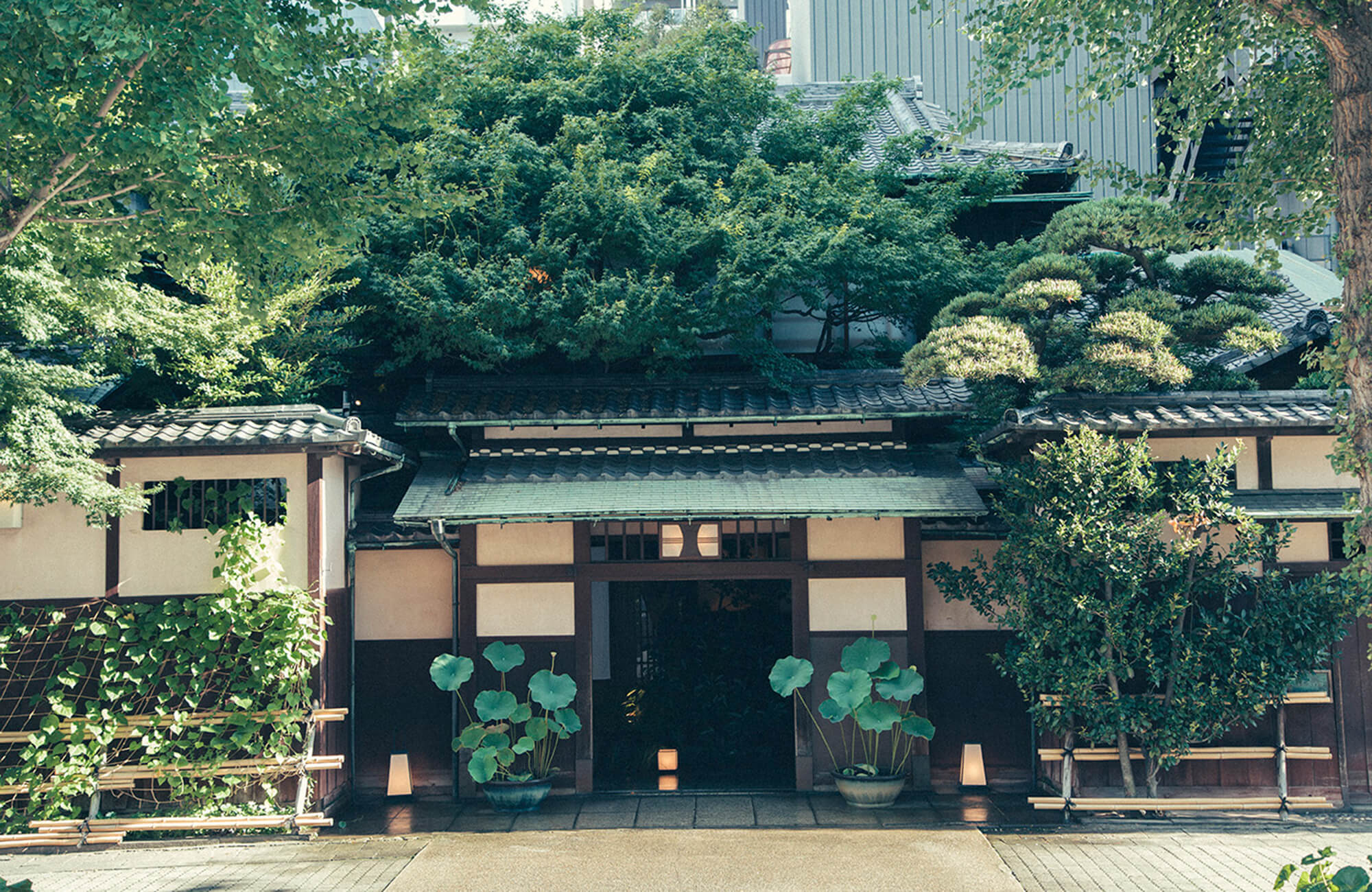
Kawabun became a refined restaurant for VIP meetings. The great Japanese politicians and businessmen of renown came to visit Kawabun, like the first Prime Minister of Japan Itō Hirobumi. Kawabun was a great influential point within the culture and society of the time.
During the Second World War, Kawabun was almost practically consumed by fire in the fires that ravaged the city of Nagoya during the bombings. Between 1950 and 1952, the reconstruction of the building was carried out, being faithful to the architectural style of the original building. After the reconstruction it would be again used for VIP meetings including the president of France François Mitterrand. In 2005 different parts of the building that survived the fire were registered as Tangible Cultural Assets.
Today, Kawabun is a place where culture and tradition are breathed. But tradition is not just a set of old customs that must be followed blindly, says the young manager Ayako Kagawa. The secret of the long tradition of Kawabun is that it has adapted to each era, creating new traditions, resulting in new challenges to adapt to the new realities of each era.
The restaurant
Kawabun was built at the same time that Nagoya Castle was built.
The exterior appearance of the building resembles that of a traditional Japanese dwelling.
The architecture style Sukiya (数寄屋建築), is based on an aesthetic of naturalness and rustic simplicity with the aim of harmonizing with its surroundings.
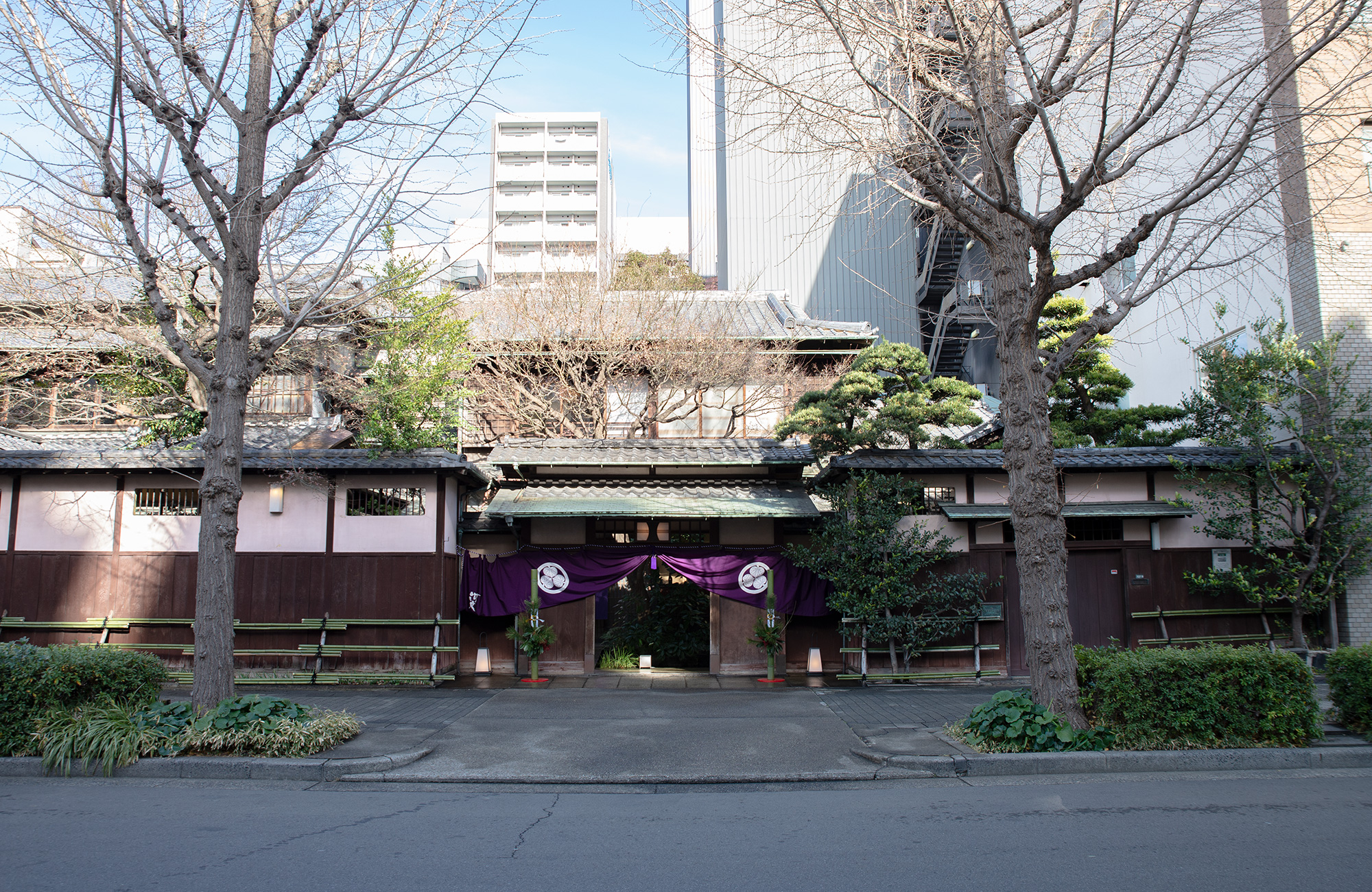
From the entrance you can already see details that distinguish Kawabun from other Ryoteis. The fact is that in Kawabun it is not necessary to take off your shoes when entering. Walking with shoes on delicate wooden floors is not common for these types of buildings and may quite surprise you the first time.
Another characteristic are the access facilities for customers with reduced mobility. This also includes the use of chairs instead of sitting on the floor, something very uncommon in traditional Japanese buildings.
The food that is served, called Kaiseki Ryōri (懐石料理), is composed of several small varied dishes. These dishes are made with seasonal ingredients to appreciate the differences in flavors in each season.
Private rooms (個室 Koshitsu)
Kawabun offers 7 private Japanese-style rooms with views to the inner garden to enjoy a relaxed and harmonious atmosphere. The rooms have different capacities (between 2 to 30 people) and some have Japanese furniture where one sits on the floor and other have western furniture with chairs and high tables.
Hours: 11:30 – 14:00 and from 17:30 – 21:00. Closed on Sundays (open if the next day is a holiday).
* For weekends and holidays you have to book with 1 day in advance.
Casual Dining Bar Kawachiya (割烹河内屋 Kappō Kawachiya)
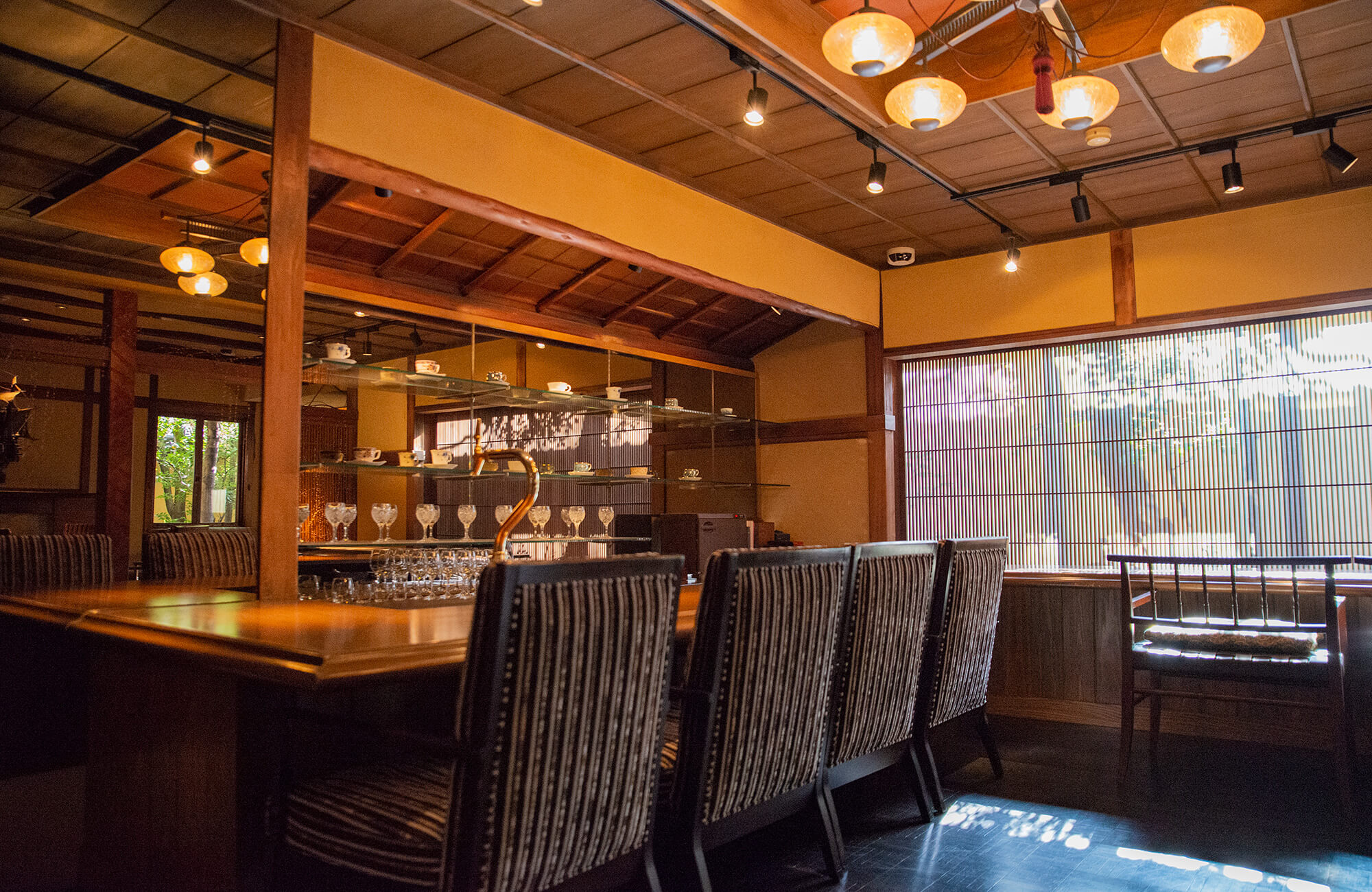
Kawachiya is a space, with 11 seats, where you can enjoy dinner informally. Here Kappo cuisine is served. Kappo cuisine consists of tasting the pure beauty and flavor of food in a lively atmosphere, as well as the excellent quality of seasonal ingredients and the skill of the chef (板前 Itamae). While you are consulting with the chef about the dish to be tasted, you can see how he cooks it right in front of you.
Night schedule: 17:30 – 21:00. Closed on Sundays.
* Lunch is only served on weekdays.
Cafe Lounge Sabō (茶房)
Here are served different types of Japanese sweets made by the Kawabun confectioners. Overlooking the Japanese garden, you can enjoy a relaxing afternoon while savoring the sweet temptations.
Hours: 13:00 – 17:30 (last order 16:30). * Only during weekdays
Mizukagami no Ma Venue (水鏡の間 Water Mirror)
Events and banquet room designed by the renowned Japanese architect Yoshiro Taniguchi. This was a bold architectural project, a challenging project to modernize the Japanese garden interior that was originally there.
Capacity: 88 people
Reservations here
* There is no special dress code but you must refrain from wearing shorts, sandals or sports shoes.
Events
Kawabun also has the entertainment services of Meigiren, the Nagoya geishas and maikos. This entertainment can be booked both individually and in groups.
Meigiren performs at different annual special events such as The Setsubun (New Year Party) or the Kawabunza event, an annual spring festival where the protagonists are the geishas and maikos (this event includes an audio guide in English).
In addition to this, every Wednesday and Friday night is held “Kawabun Cultural Night”. At this event you can see geishas dance and also play with them in the traditional Ozashiki Asobi (お座敷遊び). Click HERE (Japanese) for reservations.
Don’t miss the opportunity to visit Kawabun. It will be an unforgettable experience where you can feel the long history and tradition, and savor the delicacies of traditional Japanese cuisine.
Getting Here
By subway.
Take the Sakura Doori subway line or Meijo subway line and get off at Marunouchi station. 7 minutes walk from exit number 4.
Or take the Higashiyama subway line (the yellow line) to the Hisaya Odori station. 8 minutes walk from exit number 1.
General Information
Address
2-12-19, Marunouchi, Naka-Ku, Nagoya, Aichi Prefecture
Google Maps
Contact
Restaurant: (+81) 052-222-0873
Meetings and Events: (+81) 052-222-2333


